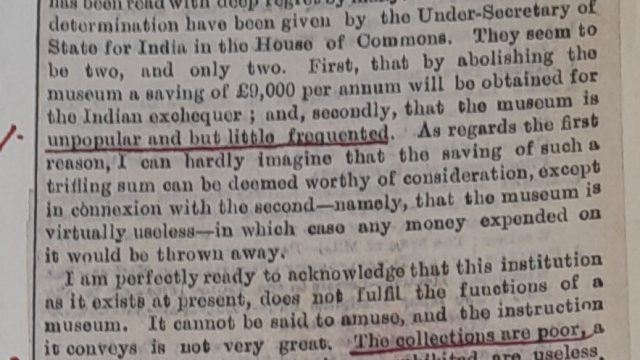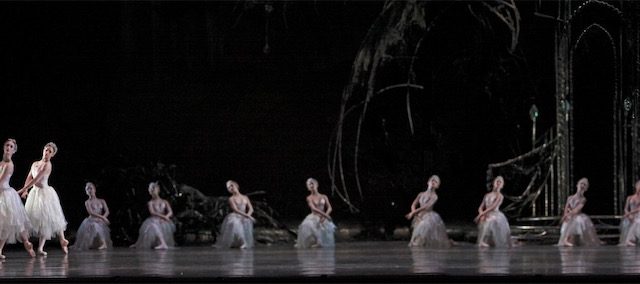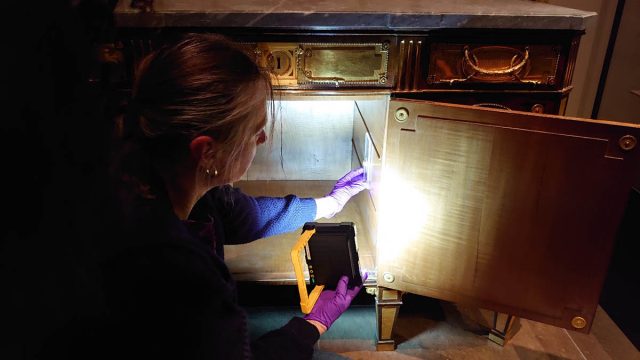by Frances Hartog, Senior Textile Conservator
A year of research into alternative methods of wet cleaning knotted carpets ended in November 2017. A final full report of the findings was produced and disseminated in January 2018. Initial investigations were based on the close examination of 124 carpets in the chosen study group.1 All carpets in this group had been on semi-open display for nearly fifty years. During the process it became clear the soiling could be grouped into three basic categories:
– Deep, ingrained soiling that would require full immersion or comprehensive wet cleaning.
– Display soiling that is characterised by a black, sticky deposit on the tips of the pile and does not respond to cleaning using latex sponges or vacuum cleaning.
– Light, dry soiling which could easily be removed by tamping (beating) and vacuuming.
All categories benefitted from dry soil removal, involving tamping followed by methodical vacuum cleaning; different techniques are illustrated in the report (Figure 1).
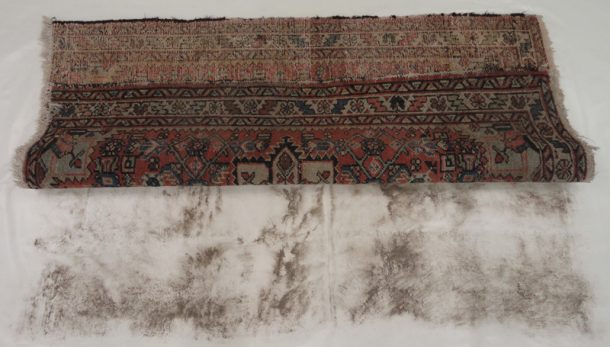
Methods explored for the removal of ingrained soiling were varied. Conservation immersion washing, familiar to textile conservators, is discussed including simple tools that can be employed to augment the process. A commercial rug washing facility was contracted to wash a nineteenth century, densely woven carpet from Iran in the V&A’s collection. This successful wash used equipment not usually associated with conservation but which proved to be safe and efficient on this robust example. Aerosol facilities were visited and the new washing methods adopted at De Wit particularly for knotted carpets are described. One of the most problematic group of carpets are those that are too large and fragile to remove for treatment. Ksynia Marko at the National Trust, in conjunction with Glyn Charnock of the National Carpet Cleaners Association, have begun a programme of washing these carpets in their display rooms inside historic houses. Their protocol, which is based on their considerable combined conservation and commercial experience, is explained.
For the removal of the stubborn surface only soiling, a simple wet cleaning technique was developed. This low-tech process utilises both damp and dry soil removal and retention characteristics of microfibre cloths (Figure 2).
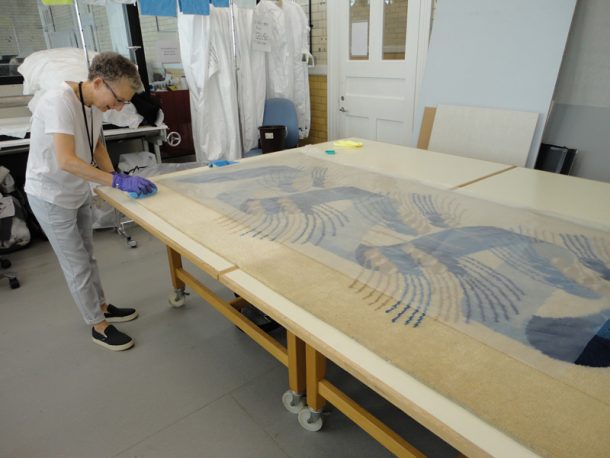
At the time of writing the report, carpet washing in the textile conservation profession had become a relatively rare event. The report has therefore been produced as a practical guide for colleagues to consult when treating carpets under their care.
The guidelines for the Fellowship had specified that “the successful candidate should develop their knowledge for the benefit of the wider profession” and it is the hope of the author that the report will encourage more communication on the subject and sharing of experiences, which in turn will progress and advance the practices used.
For a PDF of the final report, please apply by email to the author: f.hartog@vam.ac.uk
References
- Hartog F, Clothworkers’ Fellowship, V&A Conservation Journal Number 64 https://www.vam.ac.uk/blog/news/clothworkers-fellowship
Acknowledgements
This research project was made possible thanks to The Clothworkers’ Foundation.
